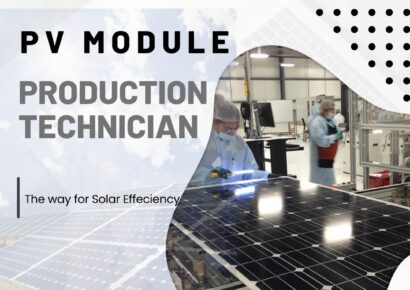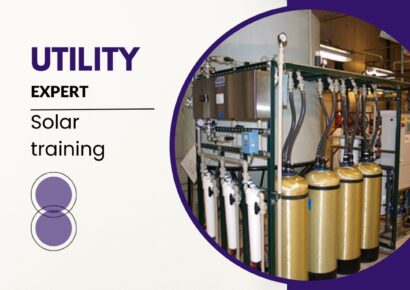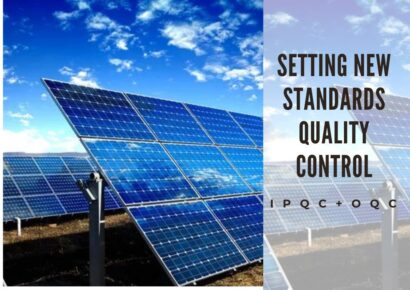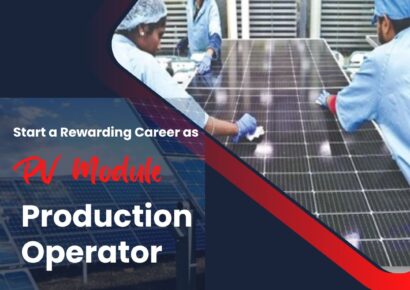Currently Empty: ₹0.00
About Course
Lamination (Lam): Lamination is a critical step in solar module manufacturing. It involves sandwiching and encapsulating the photovoltaic cells, typically made of silicon, between multiple layers of special protective material, often ethylene-vinyl acetate (EVA) and glass. This process ensures that the solar cells are securely sealed and protected from environmental factors like moisture and dust. Lamination not only enhances the durability of the solar module but also helps in the efficient transmission of sunlight to the cells, optimizing energy generation.
Post-Lamination (Post-Lam): The post-lamination phase occurs after the solar cells have been encapsulated. This stage involves various assembly and quality control steps to transform the laminated solar cells into a functional solar module. Post-lamination processes may include framing, connecting cells in series or parallel to achieve desired voltage and current, installing junction boxes for electrical connections, and performing final inspections and testing to ensure that the module meets performance and safety standards. The post-lamination phase is crucial for ensuring that the solar module operates efficiently and reliably once installed in the field.
Together, the “lam” and “post-lam” processes are integral to the production of high-quality solar modules, enabling them to harness sunlight effectively and deliver clean, renewable energy to homes, businesses, and communities around the world.
Course Content
Lamination
-
Cross-Linking degree experimental analysis method
00:00 -
Peel strength analysis method
00:00 -
Training materials for laminator
04:06 -
Work instruction for lamination
00:00 -
Laminator operation manual
00:00 -
Laminator troubleshooting manual
00:00 -
Laminator maintenance manual
00:00
Edge Trimming
Visual Inspection
Frame, Sealant
JB, Sealant
Solder Wire
Two part sealant
Inspection and Tests
Packaging
Final Review
6s Occupational Health, Safety, and Environment
Tags








